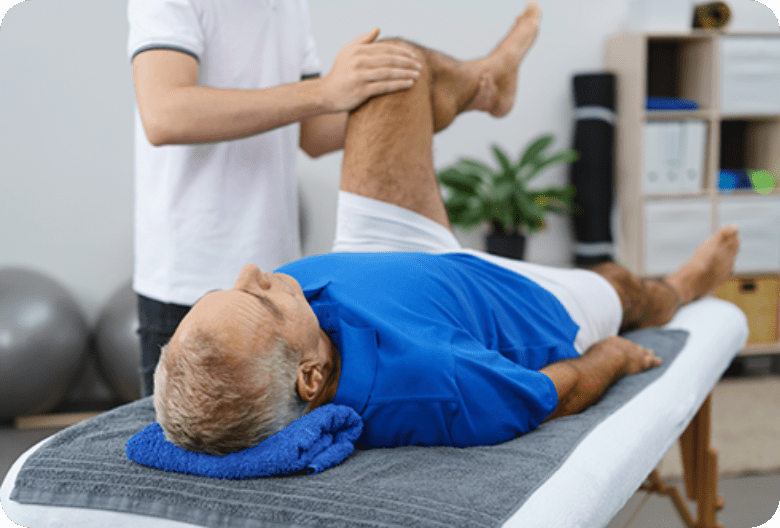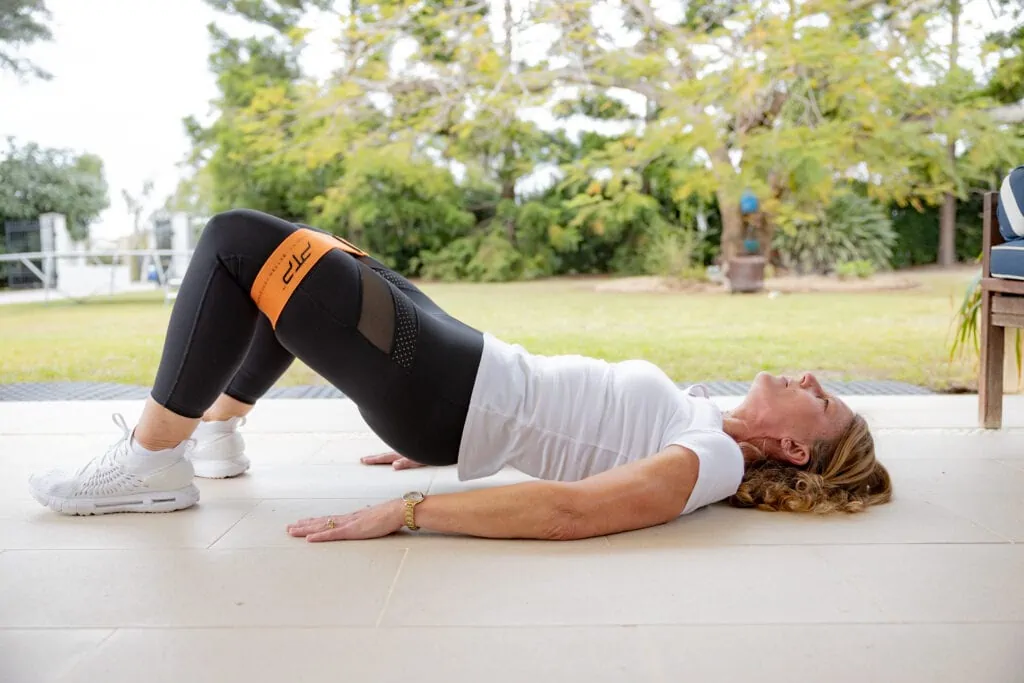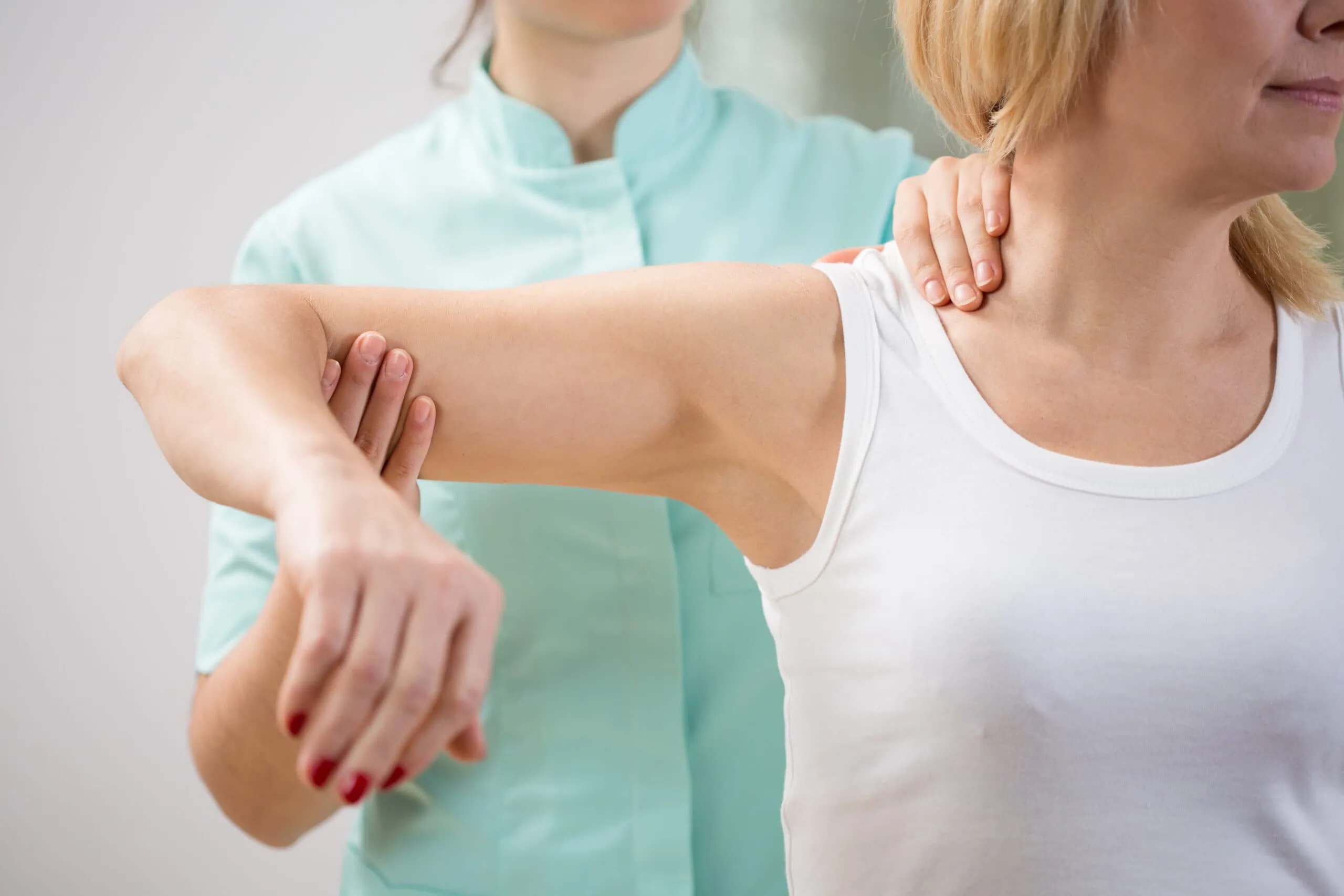
One of the interesting things that I discovered the hard way, in relation to my Total Knee Replacements, is that when you have both legs operated on at the same time, it actually changes how your brain reacts to where your body is in space.
That’s something I hadn’t discussed with my surgeon. We talked about DVT’s. And we talked about Golden Staph, but actually knowing what I was going to be capable of afterwards was, you know, basically going into the realms of rehab.
I’d like to share this with you because when I was in the Kimberley’s (West Australia) – and some of you will have been to El Questro and know of Emma Gorge – I had a spectacular fall all because of these knees. It’s really rough terrain and we were warned that it was fairly adventurous and difficult so a good few people decided against going. I wasn’t worried because, despite being over 70, my brain just thought, yes, I can do this! Leaping from rock to rock was my idea of fun so when I came across a rock that moved slightly, and had a smattering of sand on top, normally my “righting” reflexes would have clicked in. My history as a gymnast and my exercise history would have helped me save myself. Not to be!
It was only at a later stage during my recovery from this amazing fall that snapped my left wrist and tore my rotator cuff muscles off my right shoulder, that I realised there must have been a little delay in the message from my brain, through my chopped off thighs, through the metal protheses and into my chopped off lower leg and down to my feet. My reaction time in registering that I was on an unstable surface was slower than normal. This slight, tiny delay cost me dearly.

It’s different if you only have one knee replaced because the connection from your brain to your intact leg and foot on the ground is sending all the right messages in both directions.
So, if you have both knees operated on, especially in a single procedure, you need to be thinking about what you can do to work on your reaction time in response to anything that might happen to you. And that means it could be anywhere – in a shopping centre, stepping up on a curb in the street, in the garden. You need special exercise prescription. This particular area should be of interest to people who provide tailored physical activity or exercise to people whom have had Total Knee Replacements because if they’re designing your program, it is not just a matter of strengthening your legs or improving the range of movement and function around the knee joint, gait training and improving your mobility. Wait, there is more!
We need to understand that people whom have had bilateral knee replacements won’t have that fine-tuned ability to connect with the ground. They will require some sort of reaction-time training, something that will help them learn where their body is in space again.









